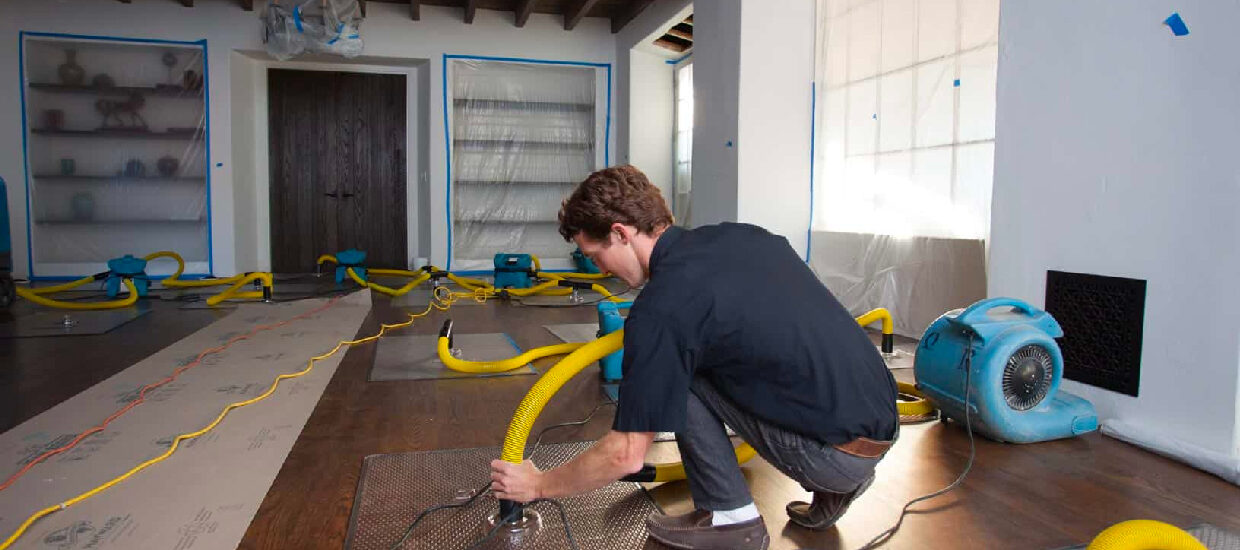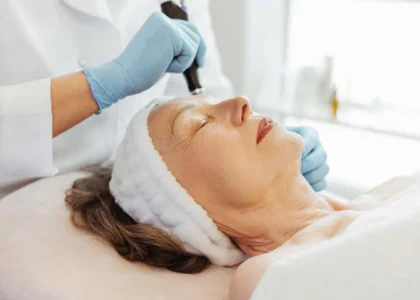Water damage is one of the most common and destructive problems that property owners face. Water damage, whether from natural disasters, leaky pipes, or floods, can seriously harm your house or place of business. The key to minimizing long-term damage and restoring your property lies in the hands of a professional water restoration company. These companies utilize advanced technology to speed up the restoration process, mitigate additional damage, and ensure that your property is safe and habitable. A water restoration company in Yakima employs state-of-the-art equipment and advanced techniques to ensure your property is fully restored, minimizing the risk of further damage and enhancing the overall recovery process. In this article, we’ll explore how water restoration companies use cutting-edge tools and techniques to restore your property effectively.
1. Water Extraction Equipment
The first step in water restoration is the rapid extraction of water from the affected area. Traditional methods like mops and buckets are ineffective in handling large volumes of water, especially in situations involving flooding or burst pipes. That’s where advanced water extraction equipment comes in.
Water restoration companies use powerful pumps and vacuums designed specifically for water removal. These machines can extract water from carpets, floors, and other materials much more efficiently than manual methods. By reducing the amount of time water remains on your property, this technology helps to stop additional damage like mold growth or structural deterioration.
2. Dehumidifiers And Air Scrubbers
Drying out the property is the next step after most of the water has been removed. Dehumidification plays a critical role in this process. Industrial-grade dehumidifiers are used by water restoration businesses to lower air moisture levels, which inhibits the growth of mold and mildew. In order to function, these dehumidifiers pull in moist air, cool it to eliminate the moisture, and then release the dry air back into the surrounding area.
During the restoration process, air scrubbers are utilized in addition to dehumidifiers to enhance the quality of the air. Mold spores, bacteria, and other airborne pollutants that can lead to health problems are filtered out by these devices. The use of HEPA (high-efficiency particulate air) filters by air scrubbers ensures that the air within the building is safe to breathe because these filters are very good at capturing even the smallest particles.
3. Infrared Cameras And Moisture Meters
One of the challenges of water damage restoration is identifying hidden moisture that can lead to long-term problems. Water may seep into walls, ceilings, and floors, where it is difficult to detect. Water restoration companies use infrared cameras and moisture meters to identify areas that are not immediately visible.
Infrared cameras allow restoration professionals to see temperature variations on walls and surfaces, which can indicate hidden moisture pockets. These cameras create a thermal image of the area, allowing technicians to pinpoint exact locations where water is present. Conversely, moisture meters are portable instruments used to determine the amount of moisture present in materials such as concrete, drywall, and wood. These instruments aid in removing any concealed moisture that might eventually lead to mold growth or structural harm.
4. Structural Drying Systems
When traditional drying methods aren’t enough, advanced structural drying systems are used to expedite the drying process. These systems use high-powered fans and air movers to circulate dry air throughout the property, accelerating evaporation and reducing moisture retention in walls, ceilings, and floors. This method helps to ensure that the drying process is even and thorough, reducing the risk of warping, buckling, or long-term damage to materials.
In some cases, a technique called tenting may be employed. To expedite the drying process, a sizable drying tent is positioned around the afflicted area to create a controlled environment. The air within the tent is continually circulated by industrial fans to ensure rapid moisture removal.
5. Ozone Treatment For Odor Removal
One of the most unpleasant consequences of water damage is the lingering odor caused by mold, mildew, and bacteria. Traditional cleaning methods may not fully eliminate these odors. To combat this, many water restoration companies use ozone treatment technology. Ozone machines generate ozone gas (O3), which is highly effective in neutralizing odors caused by water damage. The ozone molecules attach to the odor-causing particles and break them down, leaving the air in the property smelling fresh and clean.
Conclusion
Water restoration companies have evolved significantly in recent years, leveraging advanced technology to provide faster, more effective, and more comprehensive restoration services. From water extraction and dehumidification to infrared cameras and ozone treatments, these tools and techniques allow professionals to restore properties efficiently while minimizing the risk of long-term damage.





